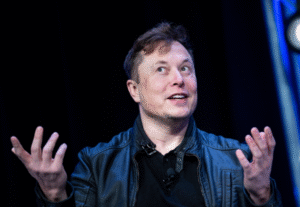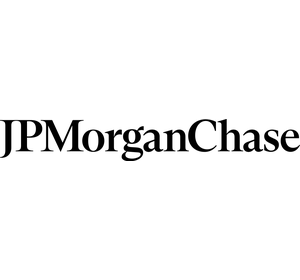$SLB
#CarbonCapture #EnergyTransition #GreenEnergy #SLB #Twence #Netherlands #RenewableEnergy #ClimateChange #Sustainability #CO2Reduction #WasteToEnergy #ModularTechnology
SLB Capturi has reached a significant milestone with the completion and handover of its first modular carbon capture plant at Twence’s waste-to-energy facility located in Hengelo, Netherlands. The installation of this cutting-edge facility reflects a growing commitment across Europe and globally to technological solutions for addressing environmental sustainability challenges. The plant, which boasts an annual capacity to capture up to 100,000 metric tons of CO2, is expected to play a critical role in reducing emissions and contributing to broader decarbonization goals in the region. This development aligns with global trends towards more localized, scalable carbon mitigation efforts, particularly in energy-intensive sectors like waste management. Market participants may view this as a strategic advancement for SLB as it expands into newer verticals tied to climate solutions.
The transition to modular solutions such as the one developed by SLB Capturi represents a potentially disruptive innovation in the carbon capture market. Traditional systems for CO2 reduction have often been large-scale and capital-intensive, limiting their adoption across many sectors. Modular units, however, offer scalability and flexibility, characteristics that are becoming increasingly valuable in tailoring solutions to industry-specific needs. This plant not only boosts Twence’s operational sustainability but also signals the potential for similar installations at waste-to-energy facilities worldwide. With new climate policies setting stricter emission thresholds, companies implementing carbon capture technologies could see enhanced operational efficiency and long-term cost savings in the face of potential carbon pricing schemes. Investors may interpret SLB’s achievement as a positive signal, potentially improving market sentiment around the company’s shares and its positioning within the green technology sector.
The Dutch government’s strong support for renewable energy initiatives and the European Union’s broader goals under its “Fit for 55” package create fertile ground for innovative technologies like modular carbon capture. For Twence, which operates in waste-to-energy—a sector at the heart of circular economies—the integration of such technologies enhances its ability to meet regulatory requirements and bolster its ESG (environmental, social, and governance) credentials. For SLB, this first modular facility represents a dual opportunity: to showcase the commercial viability of its Capturi solution and to establish its leadership in the provision of easily deployable carbon capture solutions. Both institutional and retail investors watching the ESG and renewable technology spaces may find SLB’s diversification into this market increasingly appealing, opening up potential valuation gains in the medium term.
This successful commissioning could have broader implications for the carbon capture industry at large. Globally, the carbon capture market is expected to grow significantly, driven by increasing regulatory mandates and corporate pledges to achieve net-zero emissions. SLB Capturi’s modular plant emphasizes a shift away from conventional methodologies toward more innovative, easily replicable solutions. As competitors assess the efficiency and financial feasibility of scaling smaller modular systems, this move could encourage broader adoption in sectors unable to accommodate larger, more traditional plants. Hence, SLB’s modular model could lower entry barriers in emissions-dependent industries worldwide, granting the company a vital edge as governments roll out subsidies and incentives geared toward decarbonization technologies.











Comments are closed.